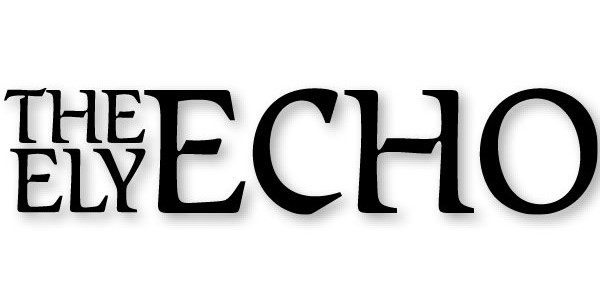Pulsar Helium announced a landmark discovery of helium-3 at its Topaz Project near Babbitt. Laboratory results from the Jetstream #1 well have revealed sustained helium-3 concentrations up to 14.5 parts per billion (ppb) in produced gas.
Helium-3 is one of the rarest and most valuable isotopes on Earth, with reported prices of up to $18.7 million per kilogram, more than 100,000 times the price of common helium (helium-4). Against this backdrop, discovering a terrestrial source with sustained helium-3 content at up to 14.5% ppb is an extraordinary development.
NASA and the U.S. government are actively funding lunar helium-3 extraction. Grants and early purchase agreements are supporting technologies for regolith heating, gas separation, and transport, reflecting helium-3’s importance.
The significance of Pulsar’s discovery is clear, with terrestrial helium-3 levels now comparable to, and exceeding, average concentrations found on the Moon, without the need for lunar excavation.
In Earth’s atmosphere, helium-3 exists at only about seven parts per trillion, and historically it has been obtainable mainly as a by-product from nuclear facilities (via tritium decay) or in minute quantities from certain natural gas fields. At current market rates, helium-3 commands $2,500 per liter ($18.7 million per kilogram) due to its scarcity and utility. The exorbitant value is 100,000 times the price of common helium-4.
“We are thrilled to announce this remarkable helium-3 discovery, a result that firmly places Pulsar Helium on the map as a pioneer in the field. To encounter helium-3 concentrations of this magnitude at our Topaz Project in Minnesota is nothing short of extraordinary,” said Thomas Abraham-James, President and CEO of Pulsar.
“This achievement not only validates the exceptional nature of the Topaz Project but also underscores the strategic importance of our exploration efforts. Helium-3 is a game-changer isotope with tremendous scientific and commercial value. The fact that we have discovered such high levels in the USA, when helium-3 is so scarce globally, is testament to the worldclass potential of Topaz.
“Meanwhile, the next-richest naturally occurring source of helium- 3 is arguably the surface of the Moon which has attracted interest from NASA and the U.S. Department of Energy – we believe that Minnesota will be a more reliable and economically viable option.”










